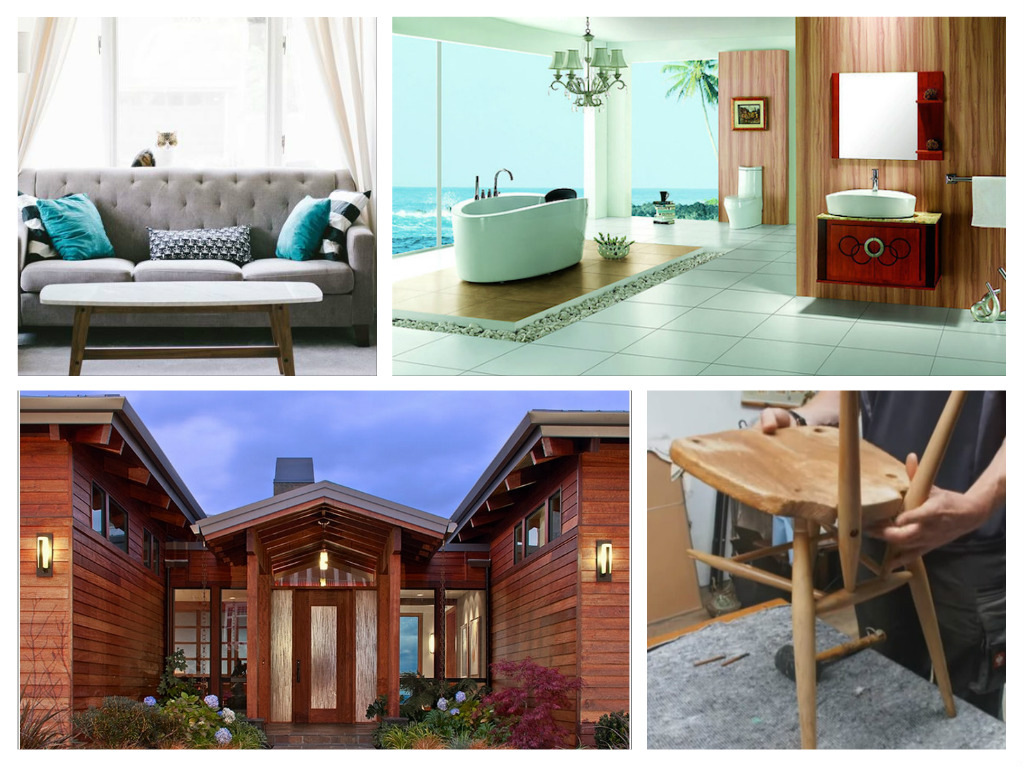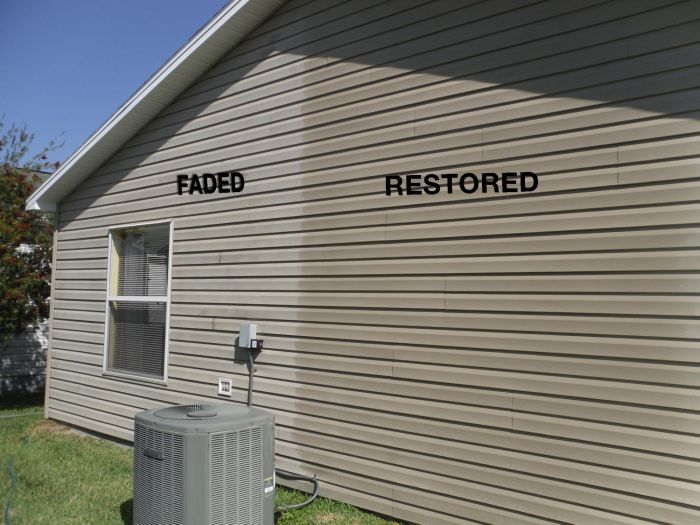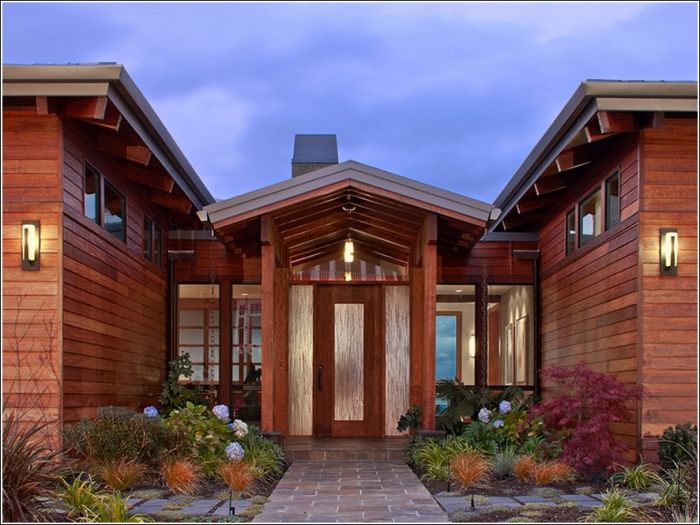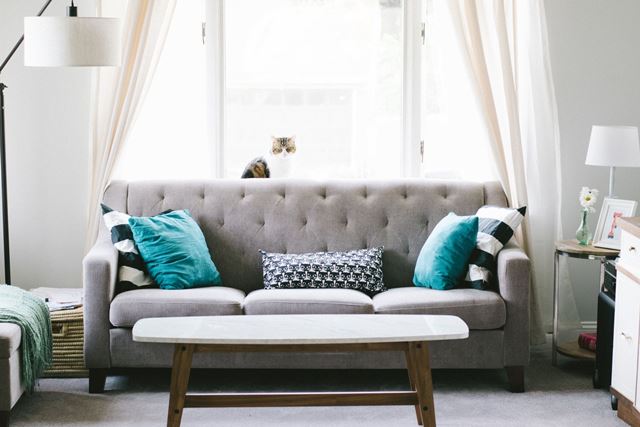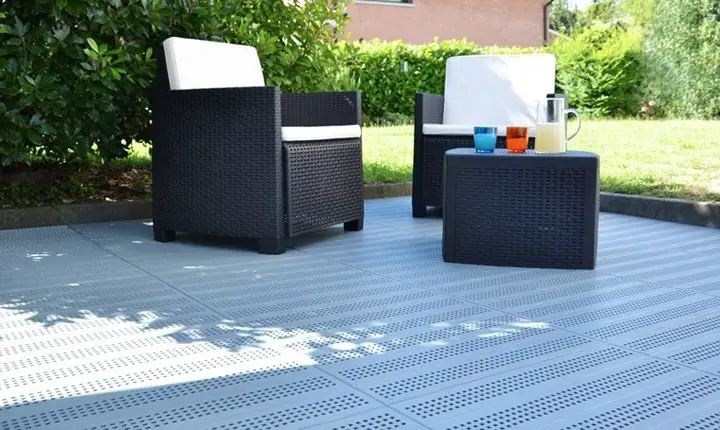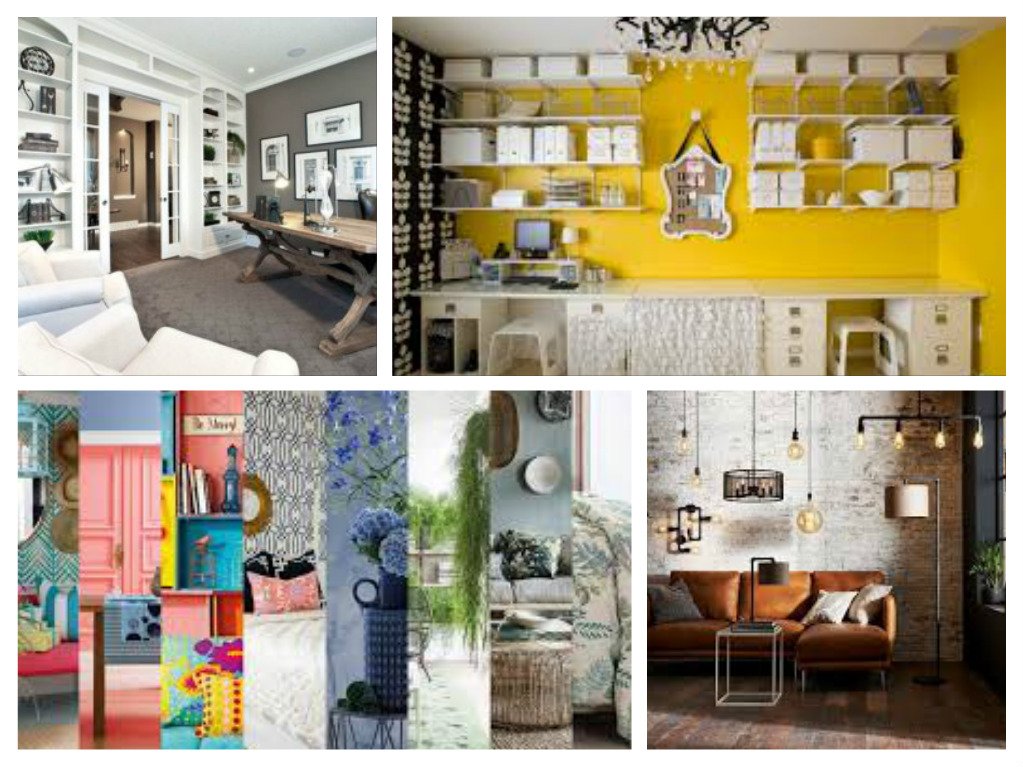They say that home is where the heart is. Yes, as long as you have your loved ones, then any place can be a home, but it doesn’t mean that the physical establishment, the house, no longer matters.
Your living space may not be as important as the people you love with, but it does affect your whole well-being (physically, mentally, emotionally, and even spiritually). A house that’s deteriorating usually reflects a home that’s going through the same thing.
A good physical environment is more conducive to building closer bonds, but building and keeping a good home can take a lot of resources. Fortunately, there are lots of budget-friendly projects you can do yourself. Check them out below.
Freshen up Your Vinyl Siding
The facade is the first thing you see when you get home. It’s also the first thing that people notice about your house. If you want a new home improvement project, you may as well start with the front (and sides) of your house.
Vinyl siding is durable, light, and versatile. It’s no wonder that it has been the most popular choice for house cladding in the United States since 1995. Like most exteriors, vinyl siding can accumulate dirt, dust, and grime. It can also develop mold and mildew.
The good news is that it’s relatively easy to clean vinyl siding. You can do it the long way with a soft-bristle brush and cleaning solution, or you can go the quicker way with a pressure washer. When cleaning the vinyl siding, avoid products that may damage the material, like organic solvents, undiluted chlorine bleach, and liquid grease removers, to name a few.
Using a pressure washer may be easier, but it can cause some major damage if not used properly. Stay away from windows and other openings, and spray the water in a straight line to keep water from getting into the back of the sidings.
Create a Welcoming Entrance
The entrance is part of your home’s facade. What’s more, it’s also the exterior part that people pay the most attention to. In a way, it creates the first impression of the homeowners. An inviting front entrance gives the impression of the warmth and welcoming spirit of the dwellers inside.
Spruce up your entrance with a new paint job. Check the color wheel to find a complementary color to your exterior walls, or choose a bright, cheery color to make your entrance eye-catching. If you choose a plain dark color, consider hanging a pretty wreath on the front, or add embellishments around your entrance, like these fun welcome mats.
Repaint Your Walls
Colors can really brighten up a room. If you goal is to give your home a fresh vibe, repainting your walls is a (relatively) quick and inexpensive way to achieve that.
Before you begin, you must have a vision of what you want to achieve. Remember that you want a budget-friendly project, so you have to consider your flooring and furniture when choosing a new color for your walls. Consult the color wheel to find colors that match well.
Carefully choose the finish too. Glossy paint is ideal for rooms that see a lot of foot traffic and mess because they’re easier to clean. However, it can highlight the imperfections of your walls. On the other hand, matte or flat paint can hide blemishes better but is harder to clean.
Don’t skimp on the details. Measure the area you’re going to cover, patch the holes on your wall, and sand the bumps. One more thing, painting is better (and more fun) when done with several pairs of hands.
Declutter Your Space
If you’re handy with tools, upgrade your space by creating your own organizers. Having a place for everything will improve your organization, thus creating less clutter. You can install hooks or hangers in your living room or by the entrance to store your coats, jackets, and scarves. You can put one by the door for your keys so you won’t forget them when you go out.
Instead of buying new cabinets, you can create your own or modify your existing storage containers to organize your stuff. For those who aren’t keen about using power tools, there are plenty of DIY organizers that only require basic craft materials. Homeowners who truly want to save up on remodels and repairs should embrace the DIY lifestyle.
Redecorate Your Home
Here’s another way you can make use of your DIY skills to save on your home improvement project. If you’re worried about not having creative ideas for decorations, don’t. Home decorations are among the most popular DIY projects out there. Pinterest alone will yield hundreds of thousands of results if you just search the keyword DIY home decorations.
Just like with the home painting project, the first step is to plan and visualize the place you want to create. If possible, create a sketch of your design, or ask a family member or friend who’s good at drawing to do it.
List all the accessories and decorations you need, then decide which ones you’re going to make and the pieces you need to buy. Once you’ve got everything all planned out, you can commence with getting the materials you need and making your own decorations.
Refurbish Your Wooden Furniture
Are your furniture looking old and shabby? Wait, don’t throw them out! There’s still home for them yet. Some pieces just need a thorough cleaning, repainting, and refinishing. Be warned, though: the process may not be overly complicated, but it will take some time.
There are a few steps to restoring old furniture. You need to know the material and finishing used in making the piece first to help you choose the right products to use. Next comes the cleaning process, where you use safe and gentle products and tools to avoid further damaging your furniture.
Depending on the degree of weariness and damage, you may need to do some reamalgamation, especially if there are cracks. This is where your knowledge of the finishing comes in. The solvent you need for reamalgamation depends on the finish of the furniture: ethanol for shellac and lacquer thinner for lacquer. If the restoration calls for refinishing, you’ll need to strip off the old finish before applying a new one.
Convert to an Eco-Friendly Bathroom
Whether you’re satisfied with your bathroom or not, converting it into an eco-friendly space will be one of your wisest decisions as a homeowner. It may take a little more than redecorating your house, but the change will have its payoff in the long run.
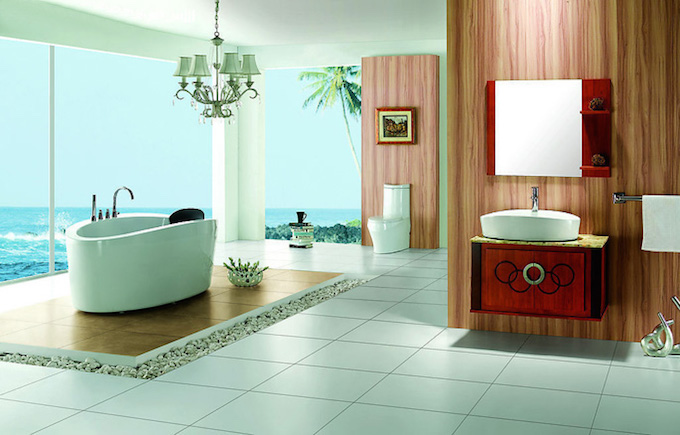
The bathroom is place where the most water is used in the house. The standard shower uses about 2.5 gallons of water per minute, while the normal faucet uses 2 gallons per minute (gpm). You can save 0.5 gallons if you change to a low-flow showerhead, which costs from $8 to $50, depending on the features included. A low-flow aerator installed on your faucet can also cut down the water flow to 0.5 gpm.
Old toilets are also voracious water consumers. They use about 3.5 to 7 gallons per flush. Consider upgrading to an upflush low-flow Saniflo toilet to save on your water bills.
You don’t need to worry about breaking the ground for the drainage and piping. It comes with a macerating pump and a short pipe that you can connect through the wall to avoid the major ground. And since it’s water-efficient, it only uses about 1 to 1.3 gallons per flush.
Final Word
While a nicer house may not automatically build a closer family, it always helps to have a good environment for people to be more comfortable and open with one another. But taking care of a house requires time, money, and hard work. Fortunately, you can share the responsibility with your family and become closer to one another along the way.
Keeping your home neat and beautiful doesn’t need to be expensive, nor does it need a professional contractor. With some skills, basic tools, and the whole family’s help, you make your home a better place to live in.
